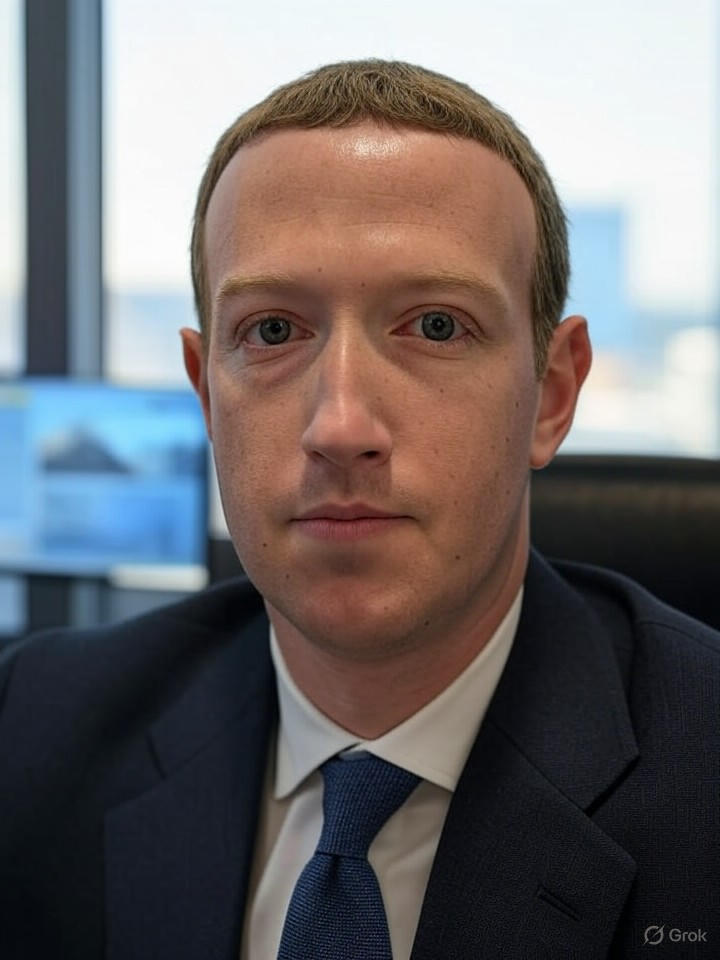In the high-stakes world of Big Tech, where chief executives navigate a minefield of public scrutiny, regulatory battles and personal threats, the cost of personal security has become a telling indicator of perceived risks. Meta Platforms Inc., the parent company of Facebook and Instagram, spent a staggering $27 million in 2024 to protect its co-founder and CEO, Mark Zuckerberg, along with his family. This figure, drawn from regulatory filings, dwarfs the combined security expenditures for the top executives at several rival tech giants, highlighting a unique vulnerability at the heart of Meta’s operations.
The escalation in executive protection budgets across the sector reflects broader anxieties following high-profile incidents, such as the assassination of UnitedHealthcare CEO Brian Thompson in December 2024. Companies are responding by bolstering defenses, from enhanced cyber protections to stricter travel protocols, but Meta’s outlay stands out as an extreme.
Rising Threats Prompt Industry-Wide Shifts
A closer examination reveals stark disparities. For instance, Apple Inc. allocated just $1.4 million for CEO Tim Cook’s security, while Nvidia Corp. spent $3.5 million on Jensen Huang. Amazon.com Inc. budgeted $1.1 million for Andy Jassy, Alphabet Inc. $6.8 million for Sundar Pichai, and Microsoft Corp. contributed to the tally with comparatively modest sums. When aggregated, these amounts—plus those for other firms like Palo Alto Networks—total around $20 million, still $7 million short of Meta’s Zuckerberg-specific spend, as detailed in a comprehensive analysis by Fortune.
This discrepancy isn’t merely financial; it underscores Zuckerberg’s polarizing public persona. Critics have long assailed Meta for issues ranging from mental health impacts of social media to aggressive AI ambitions and even real estate controversies, such as his extensive land purchases in Hawaii that have irked local communities.
Meta’s Unique Vulnerabilities Exposed
Zuckerberg’s security package includes not just bodyguards but also a substantial “pre-allowance” for personal and family protection, a structure that has drawn shareholder scrutiny in the past. According to the same Fortune report, Meta’s total executive security costs rose 10% year-over-year, part of a broader trend where firms like Alphabet and Amazon also hiked budgets by double digits amid a “worsening security environment.”
Industry insiders point to Zuckerberg’s high visibility—fueled by congressional testimonies, data scandals and his martial arts pursuits—as amplifying threats. Unlike peers who maintain lower profiles, Zuckerberg’s actions often spark widespread backlash, necessitating fortified measures.
Broader Implications for Corporate Governance
The surge in protection spending isn’t isolated to Meta. A Financial Times analysis, referenced in the Fortune piece, notes that the top 10 tech companies collectively exceeded $45 million on CEO security in 2024, driven by geopolitical tensions and cyber risks. Companies are adapting: some, like Lockheed Martin, mandate corporate jet use for executives, while others scrub leadership photos from websites to reduce visibility.
Yet Meta’s approach raises questions about resource allocation. Shareholders might wonder if such lavish spending aligns with fiduciary duties, especially as the company invests heavily in metaverse and AI initiatives. For rivals, the contrast could signal underestimation of risks or simply different threat assessments.
Looking Ahead: Balancing Safety and Scrutiny
As threats evolve, expect further escalations. The UnitedHealthcare incident prompted protocol overhauls industry-wide, including home defenses and travel restrictions. Meta, which declined to comment for the Fortune article, may face pressure to justify its expenditures amid calls for transparency.
Ultimately, these budgets reflect the precarious position of tech titans in an era of digital unrest. For Zuckerberg, the $27 million fortress isn’t just protection—it’s a bulwark against the very controversies his empire has helped unleash, setting a precedent that could reshape executive safety norms across Silicon Valley.




 WebProNews is an iEntry Publication
WebProNews is an iEntry Publication